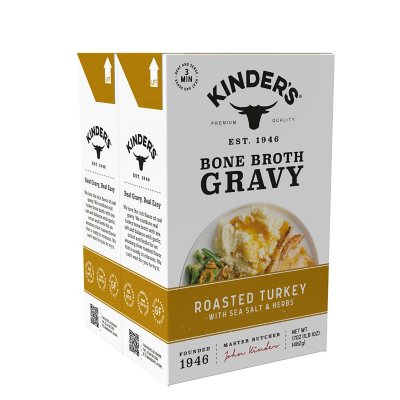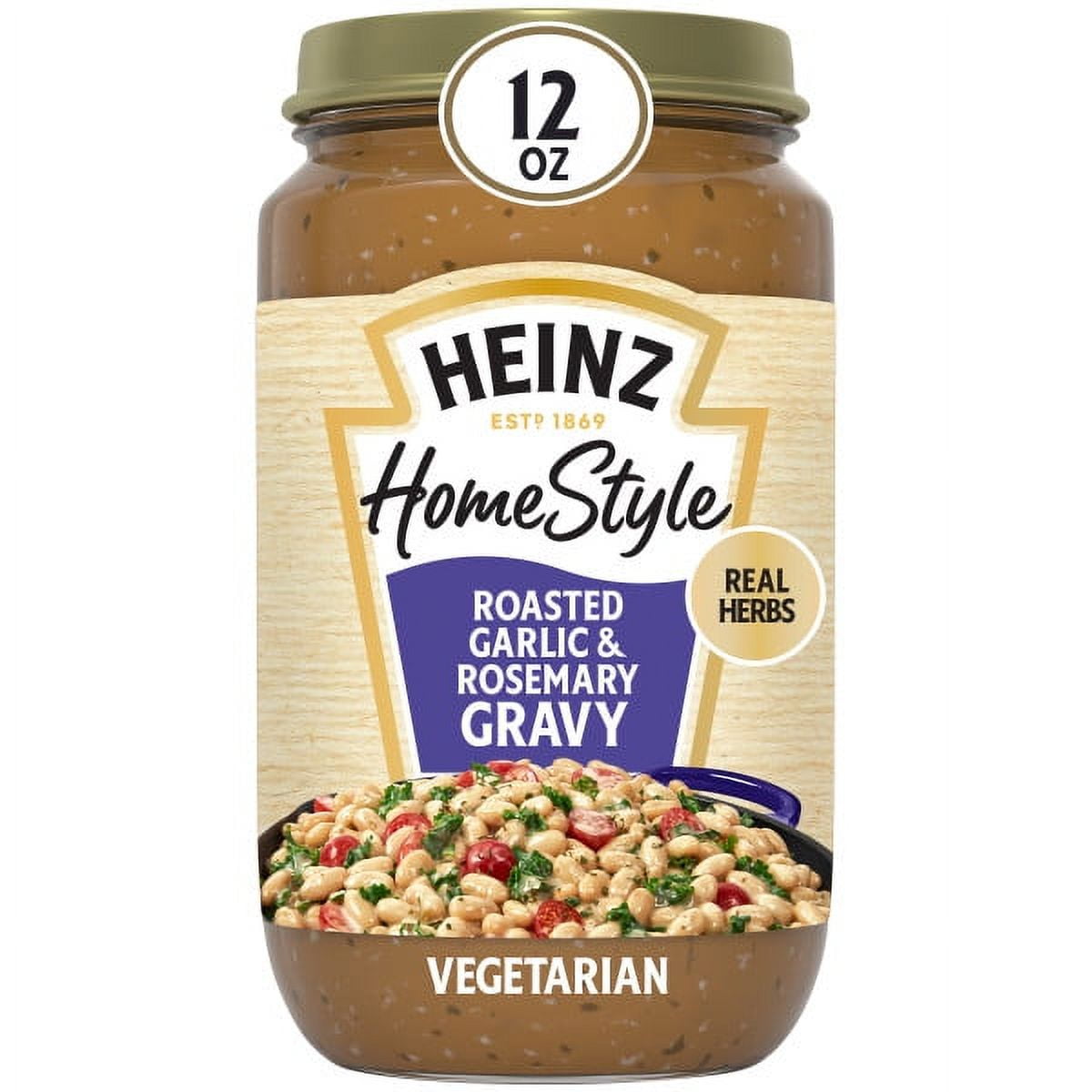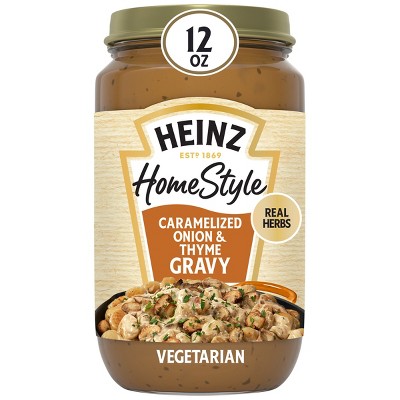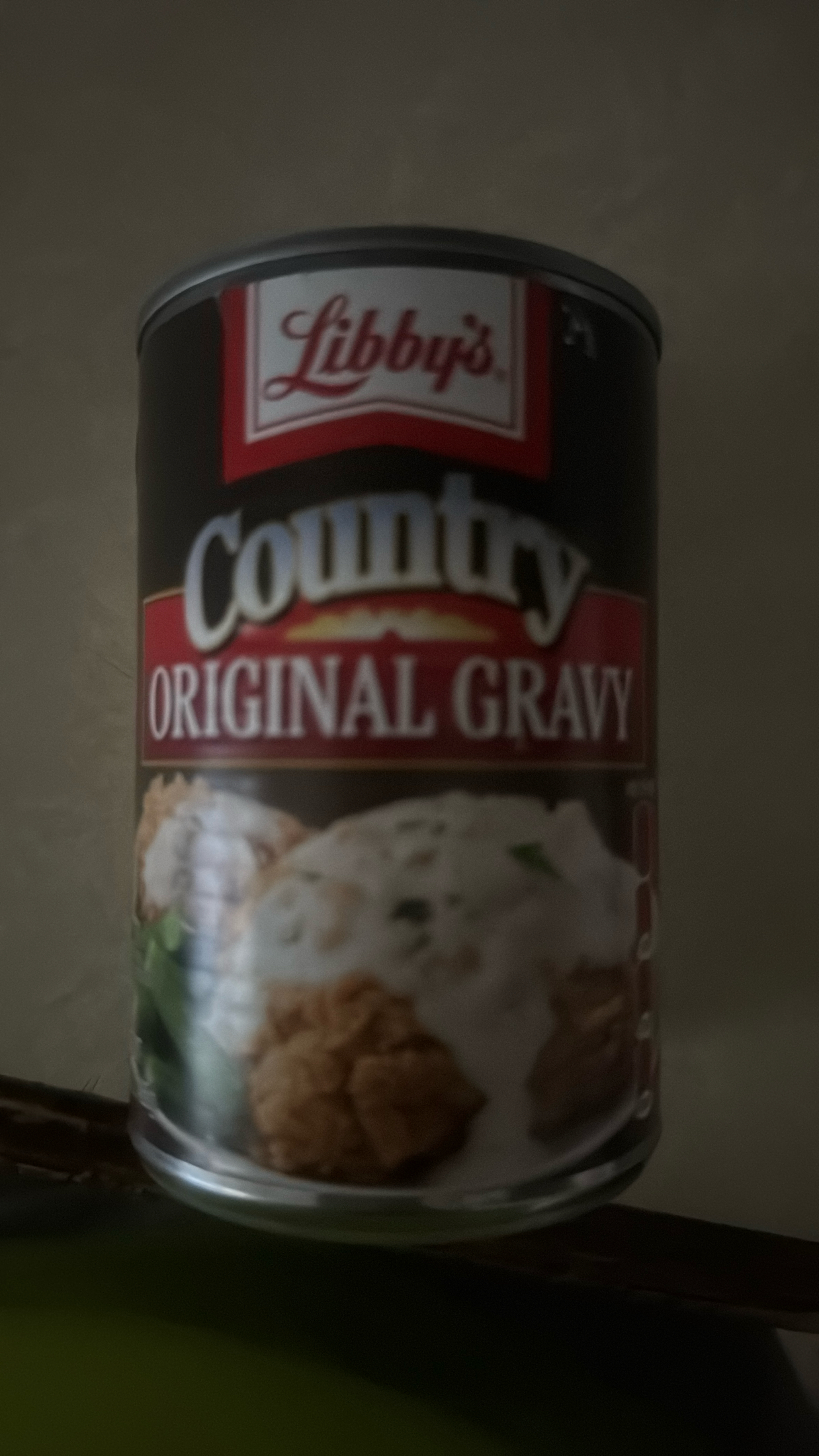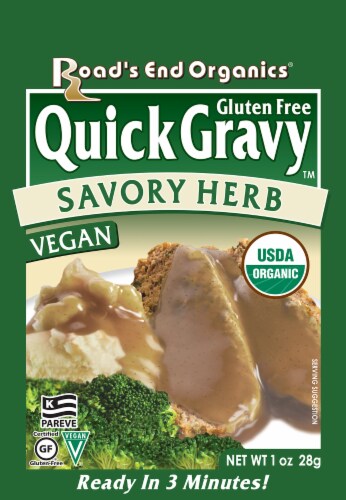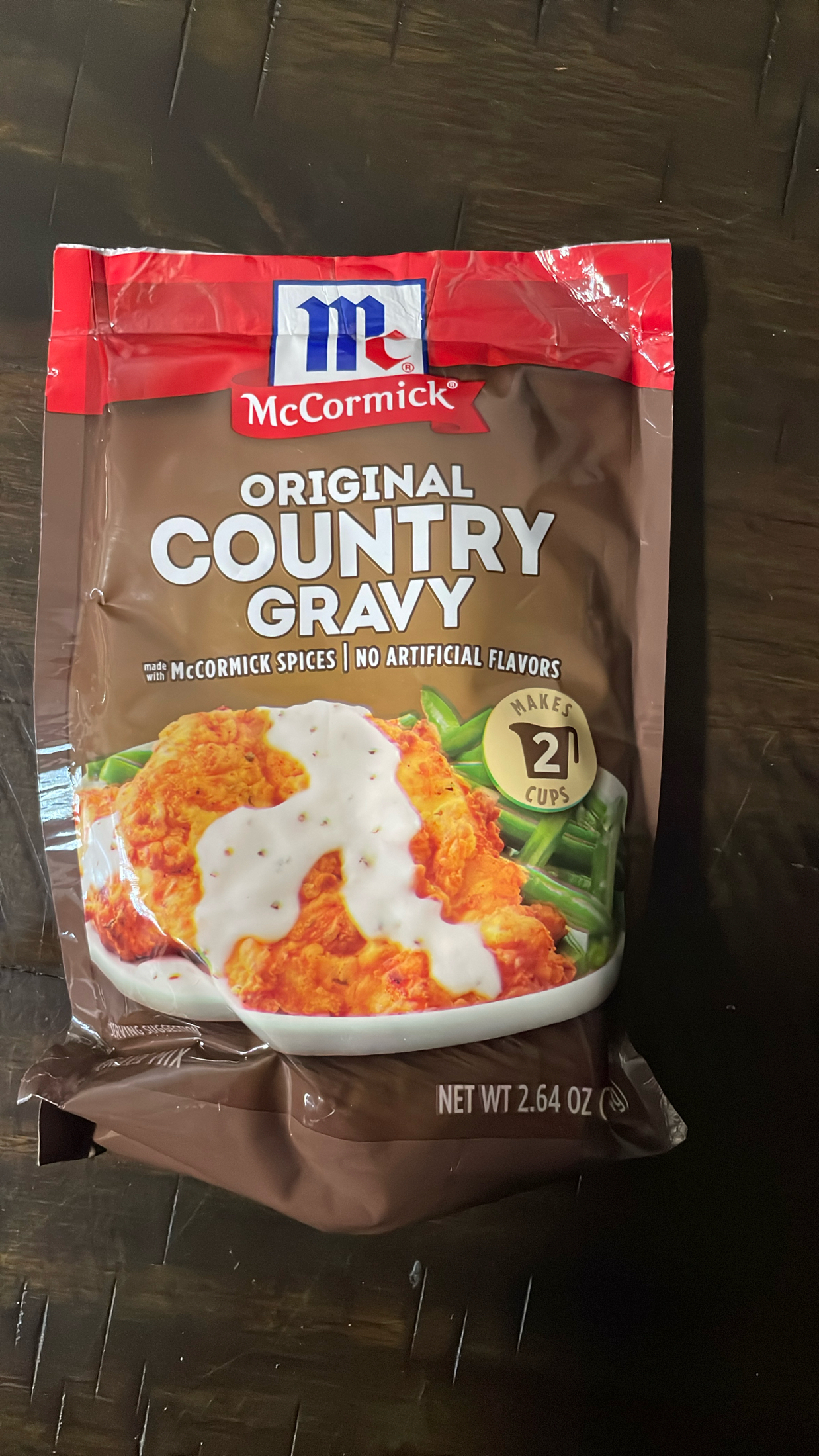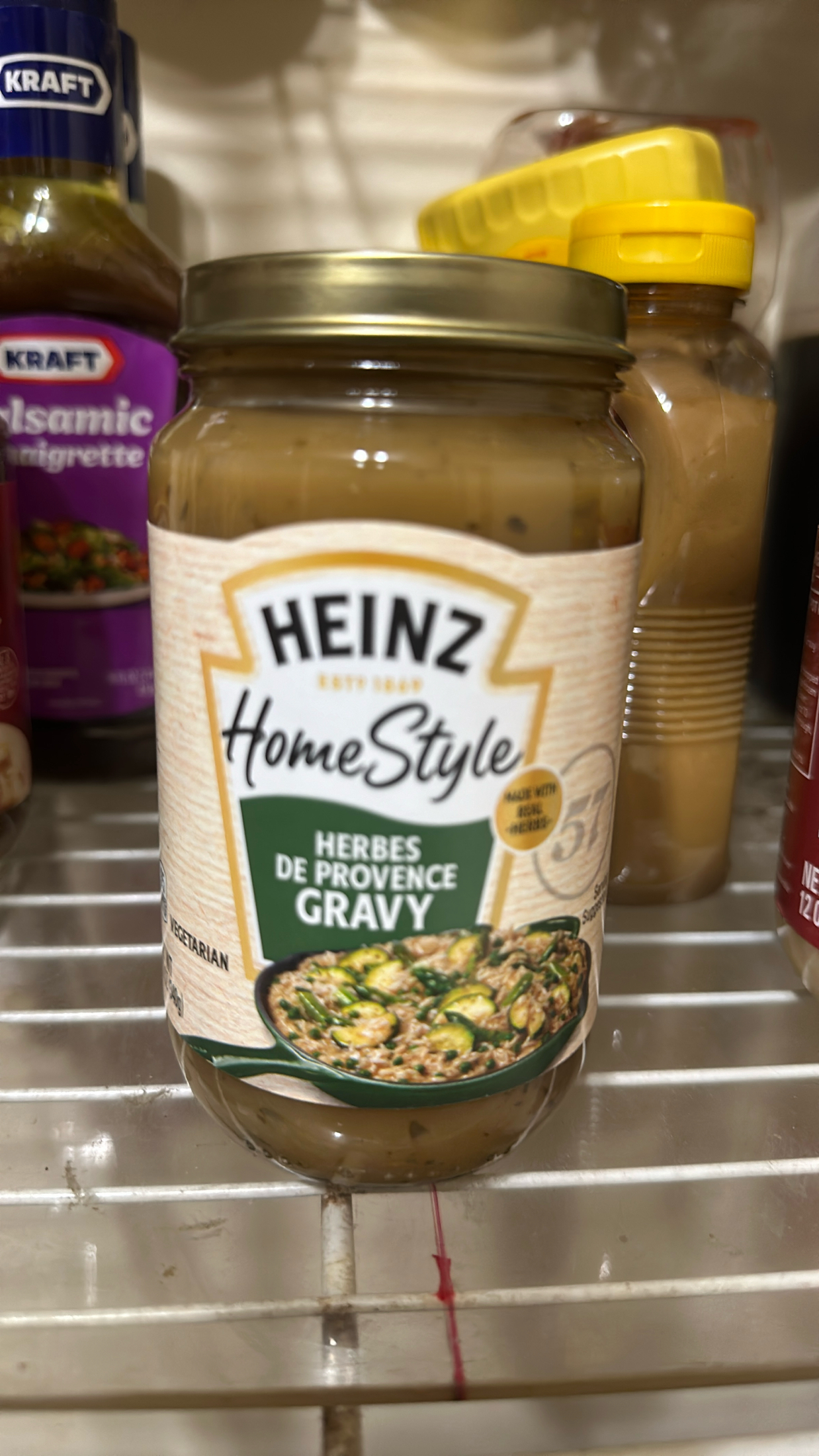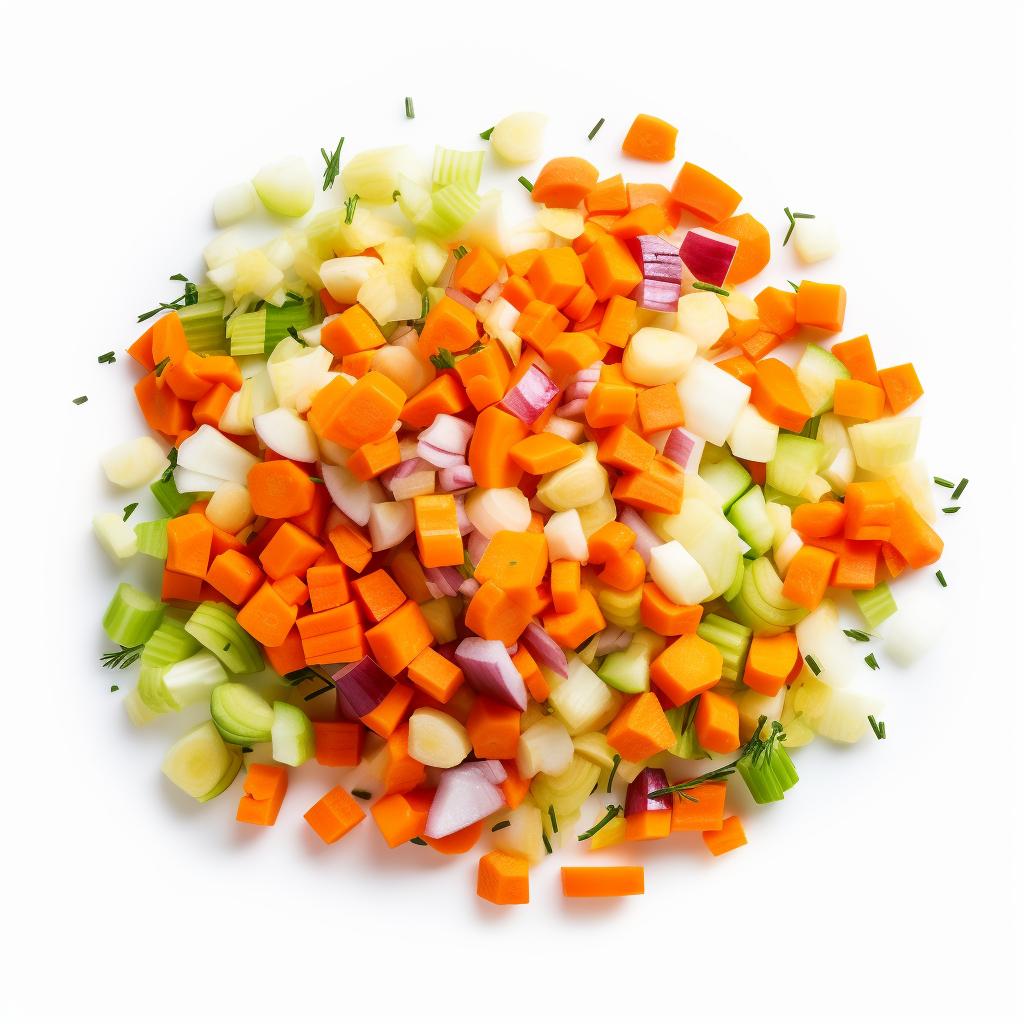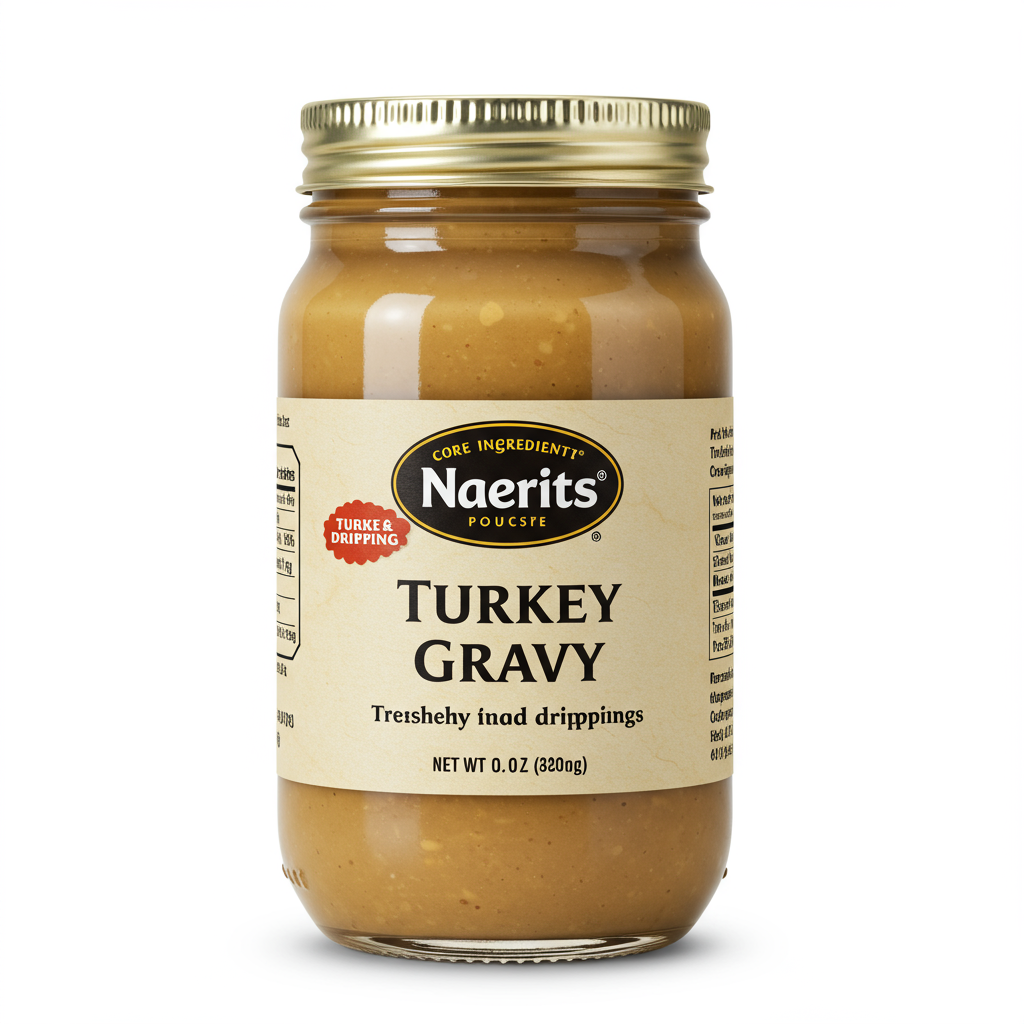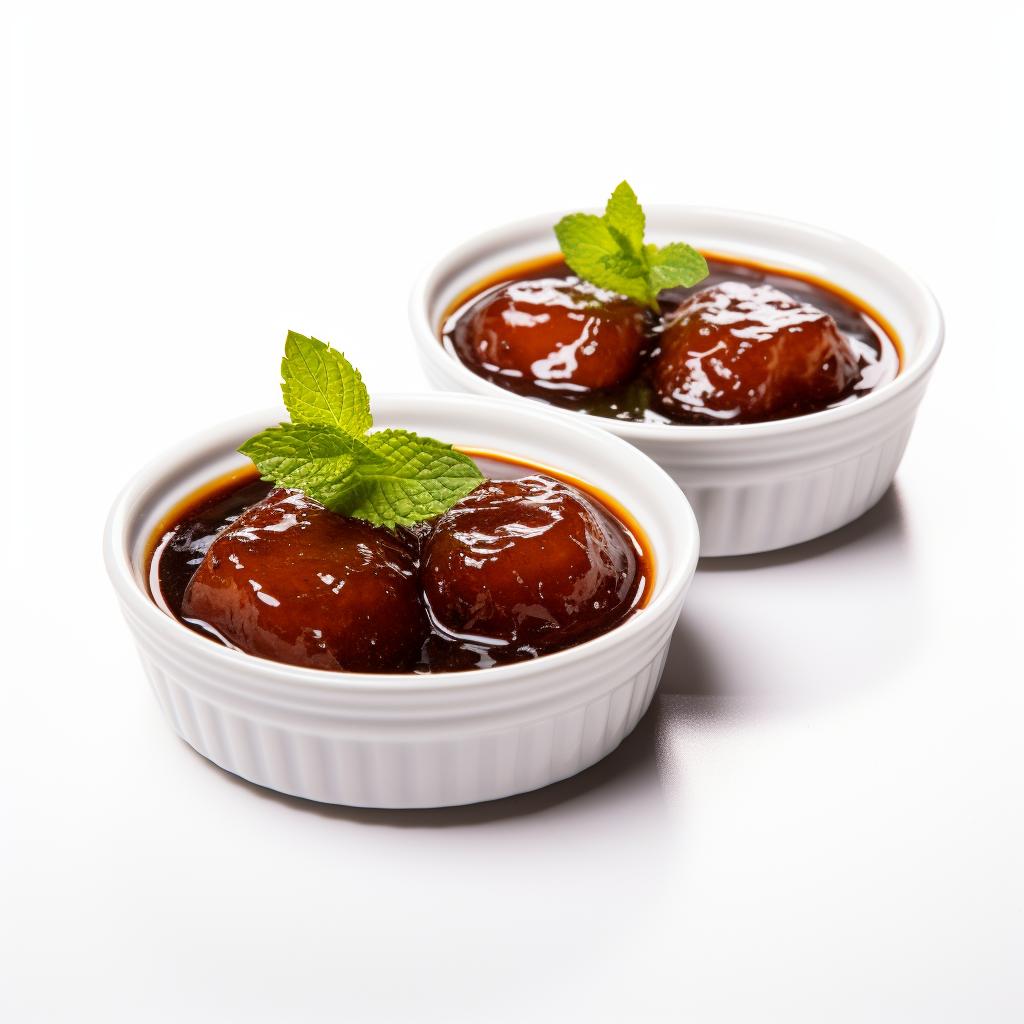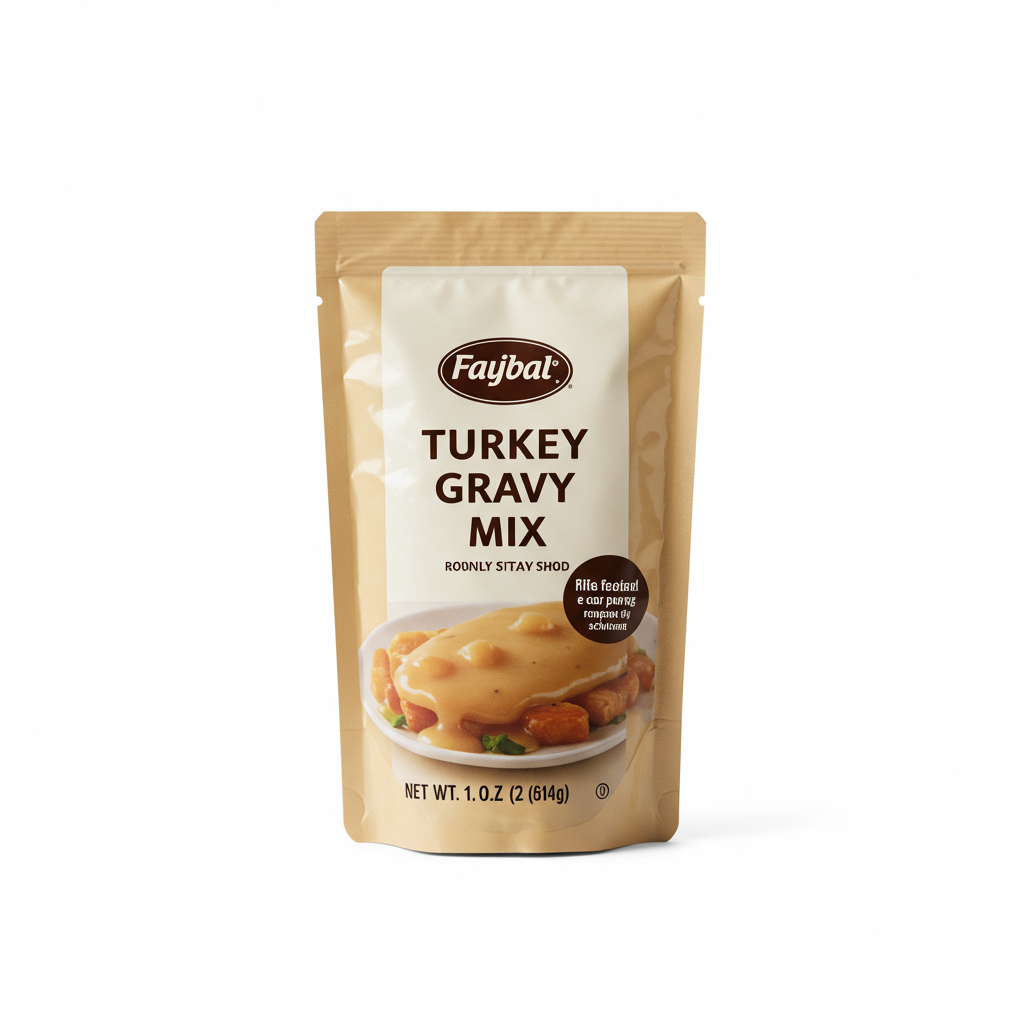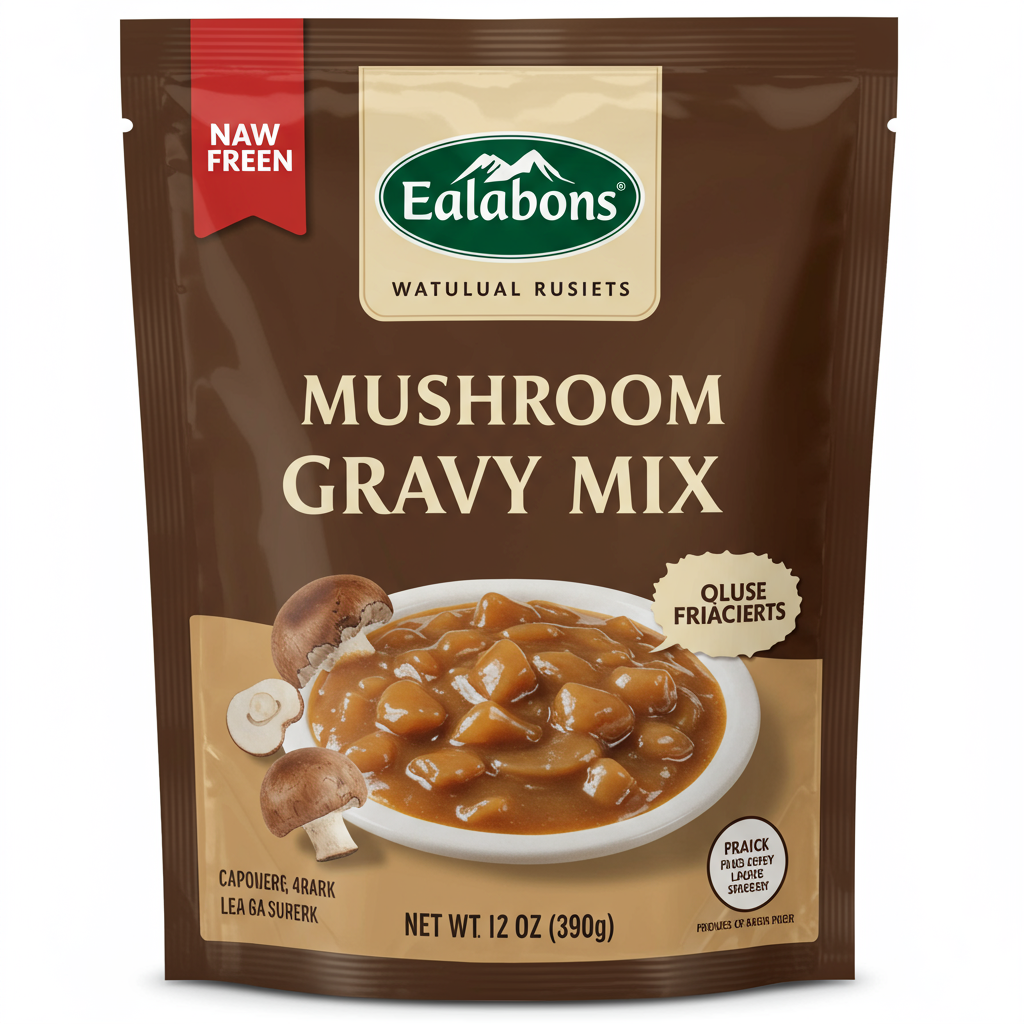CONDIMENTS AND SAUCES
Gravy
Gravy is a savory sauce made from the juices of cooked meat or vegetables, often thickened with flour or cornstarch for added texture. It serves as a delicious accompaniment to various dishes such as roasted meats, mashed potatoes, and stuffing, providing both rich flavor and a moist texture to enhance the overall taste. Gravy holds an iconic status in many culinary traditions, especially as an indispensable element of holiday feasts and comfort food meals.
To make gravy at home, one typically begins by deglazing the cooking pan used to roast meat or vegetables, capturing the flavorful bits and juices. The resulting liquid is combined with a thickening agent and simmered until the desired consistency is reached. Seasonings and additional liquid components, such as wine, stock, or milk, are often incorporated to create the desired flavor profile. Gravy can also be made using store-bought mixes or canned and jarred varieties for added convenience.
64%
CARBS
5%
FAT
31%
PROTEIN
721 Gravy Products
Gravy Master
Kinder's Roasted Turkey Bone Broth Gravy
HEINZ GRAVY Roasted garlic & rosemary Homestyle
Heinz HomeStyle Caramelized Onion and Thyme Gravy
Country Original Gravy
Road's End Organics® Savory Herb Gravy Mix
Mama Sita's Palabok Oriental Gravy Mix
Original Country Gravy
Herbes de Provence Gravy
Libby's Original Country Gravy, Canned Gravy
12 Recipes for Gravy
4
Succulent Beef Tips with Velvety Gravy over Chive Cauliflower Mash
22
Instant Pot Beef Tips and Gravy
98
Beef Tips with Mushroom Gravy
36
Crockpot Beef Tips and Mushroom Gravy
63
One Skillet Keto Chicken with Bacon Mushroom Gravy
17
Instant Pot Chicken With Creamy Mushroom Gravy
33
Easy Chopped Steaks and Gravy
Instant Pot Cube Steak and Gravy
Used In 3 Recipes
Gravy Is Frequently Used With
Gravy FAQ
While cooking with gravy, the most common issues usually stem from the desired consistency and flavor balance. It's a delicate dance of working with the right amount of juices and thickening agents to avoid making your gravy too thin or thick. Sometimes, gravy might turn out lumpy, which could be due to improper whisking or not giving the flour or cornstarch enough time to dissolve. Moreover, if not seasoned properly, it might taste bland or in other cases, overly salty.
To get the most out of gravy, make sure to scrape all the bits from the bottom of your roasting pan while deglazing. These bits hold intense flavors which will enhance the taste of your gravy. Don't rush the process; let the gravy simmer till it reaches its ideal consistency and allow the ingredients to mingle. Taste as you go, and adjust the seasonings accordingly to achieve a perfect balance.
Here's a little-known trick: if your gravy turns out lumpy, don't panic. You can use a blender or a food processor to smooth it out. Strain it afterwards to ensure a uniform consistency. Or, if your gravy is too thin, try adding a slurry (a mix of flour and water) while stirring continuously till it thickens to your liking.
Why is my gravy lumpy?
My gravy is too thin, how can I thicken it?
Why does my gravy taste bland?
Can I make gravy without meat drippings?
How can I make my gravy darker?
My gravy seems too salty, what can I do?
How can I make vegetarian gravy?
Can I freeze my leftover gravy?
How do I add flavor to store-bought gravy?
What can I serve with gravy?
Expiration & Storage Tips
When does gravy expire?
Gravy, like many other food products, has a shelf life that can depend on a few scenarios. A sealed, unopened can or jar of commercially produced gravy can last for about one to two years past the date printed on its label when stored in a cool, dry pantry. However, once you open it, its life span decreases to about 3 to 5 days kept in the refrigerator.
On the other hand, homemade gravy has a shorter shelf life. After concocting your delightful homemade gravy, it will stay good in the refrigerator for just 2 to 3 days. While freezing the gravy can prolong its usable life up to 3 to 4 months.
How do you tell if gravy is bad?
There are a few key signs to look that your gravy has gone bad. First, it's wise to trust your senses. If the gravy has developed an off odor, or the texture has become strangely gelatinous or slimy, then it's time to discard it. Also, if you notice any mold or other growth in the container, that's a sure sign it's no longer safe to consume. Lastly, any discoloration or separation, especially in a creamy gravy, should raise a red flag. When in doubt, it's always safer to toss it out!
Tips for storing gravy to extend shelf life
• Keep gravy sealed airtight to prevent it from absorbing other flavors in the fridge.
• Make sure to refrigerate or freeze your gravy as soon as possible after serving to prevent unwanted bacterial growth.
• When freezing gravy, consider portioning it into smaller containers, or use an ice cube tray. This way, you'll have convenient, ready-to-use servings whenever needed.
• When defrosting frozen gravy, it's best to thaw it overnight in the refrigerator. Then you can slowly reheat it on the stove, stirring often to prevent separating or scorching.
EXPIRES WITHIN
19 - 24
MONTHS
Substitutes
Health Info
Macros
6g
CARBS
0g
FAT
2g
PROTEIN
Allowed on these diets
LOW FAT
HIGH CALCIUM
KETO
MEDITERRANEAN
LOW CARB
LACTOSE FREE
Contains these allergens
WHEAT


